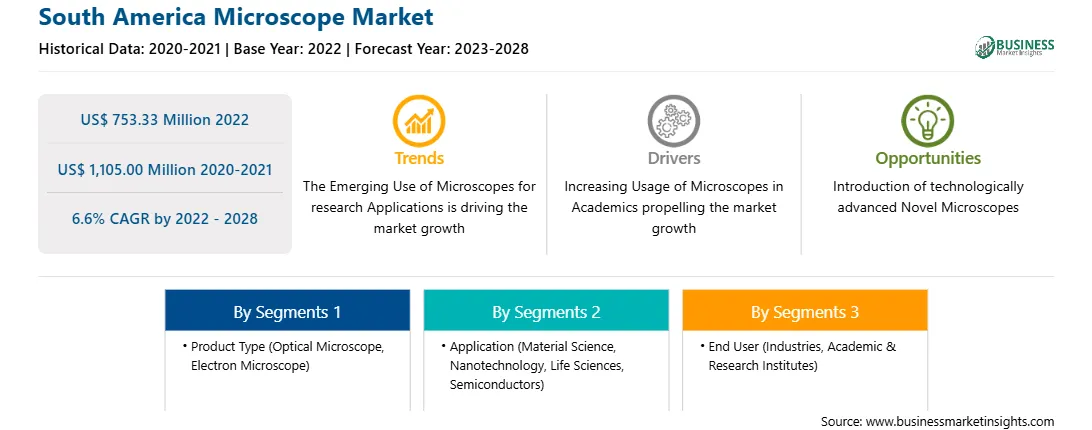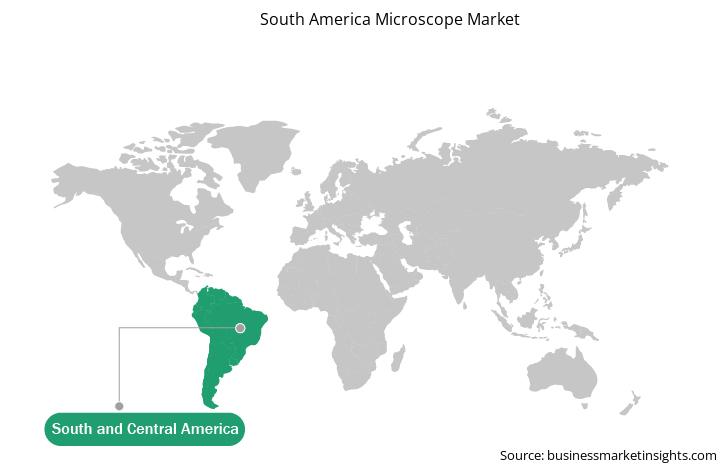Deep Learning (DL) is opening new horizons in biomedical research and promises to revolutionize the microscopy field. It is transitioning from the hands-on-experts in computer sciences to biomedical researchers. Microscopes are not only used in simple computer sciences, but it is also finding novel applications in biomedical research. Microscopy with deep learning helps biomedical scientists to gain access to a deeper level of information about cell samples/tissue samples This can be done without any complex imaging techniques involving staining that are costly and time-consuming in nature. Artificial intelligence (AI) can be used on images that have already been analyzed by a pathologist, which allows the deep learning models to learn the process to classify tumors and assess the level of cancer progression. Deep learning is transforming microscopy by allowing human and super-human performances for many image analysis tasks and acts as an automated high-performance technique for big data analysis. Such factors are expected to assist the South America microscope market.
The South America includes Brazil, Argentina, and the Rest of South America. The Brazil microscope market held a substantial share of the market in 2022. The University of Sao Paulo (USP) is a major university for research and development activities in Brazil. The ICB Microscopy Instrumental Course is the university extension project, which aims to connect USP to basic education institutes. The program seeks to communize knowledge about histology and the handling of the microscope. In this program, teachers and students at the USP provide a free kit of histological slides to be analyzed during the classes. In 2022, USP professors and students designed an affordable device made with a 3D printer and lenses from microscopes, used in conjunction with a cell phone. Several international companies are also investing to increase their geographical presence in Brazil. For instance, in 2018, Nikon Instruments Inc. announced the transition of Nikon Instruments Brazil's research business to Biolab Brasil, a Brazilian-owned company. BioLab will maintain full line distribution, factory-authorized service, and warranty support for Nikon's full line of microscopes, including confocal and super-resolution microscopes. In 2012, Endeeper announced an agreement with Carl Zeiss of Brazil. Under the terms of the agreement, Endeeper products for petrography, such as Stageledge, Petroledge, and Hardledge, are being offered in conjunction with the microscopes, cameras, and software provided by Zeiss. Further, several programs have been organized by government and nongovernment organizations to educate teachers about new microscopy techniques. For instance, in 2019, the Congress of the Brazillian Society of Microscopy and Microanalysis was organized in Rio de Janeiro, covering areas such as transmission electron microscopy, scanning electron microscopy, cryo-electron microscopy, etc. These programs open new opportunities for professors and students to learn new microscopy techniques. Thus, these factors are driving the Brazil microscope market growth.
Strategic insights for the South America Microscope provides data-driven analysis of the industry landscape, including current trends, key players, and regional nuances. These insights offer actionable recommendations, enabling readers to differentiate themselves from competitors by identifying untapped segments or developing unique value propositions. Leveraging data analytics, these insights help industry players anticipate the market shifts, whether investors, manufacturers, or other stakeholders. A future-oriented perspective is essential, helping stakeholders anticipate market shifts and position themselves for long-term success in this dynamic region. Ultimately, effective strategic insights empower readers to make informed decisions that drive profitability and achieve their business objectives within the market.

| Report Attribute | Details |
|---|---|
| Market size in 2022 | US$ 753.33 Million |
| Market Size by 2028 | US$ 1,105.00 Million |
| Global CAGR (2022 - 2028) | 6.6% |
| Historical Data | 2020-2021 |
| Forecast period | 2023-2028 |
| Segments Covered |
By Product Type
|
| Regions and Countries Covered | South and Central America
|
| Market leaders and key company profiles |
The geographic scope of the South America Microscope refers to the specific areas in which a business operates and competes. Understanding local distinctions, such as diverse consumer preferences (e.g., demand for specific plug types or battery backup durations), varying economic conditions, and regulatory environments, is crucial for tailoring strategies to specific markets. Businesses can expand their reach by identifying underserved areas or adapting their offerings to meet local demands. A clear market focus allows for more effective resource allocation, targeted marketing campaigns, and better positioning against local competitors, ultimately driving growth in those targeted areas.

The South America microscope market is segmented based on product type, application, end user, and country.
Based on product type, the South America microscope market is segmented into optical microscope, electron microscope, and other. The electron microscope segment held the largest market share in 2022. The optical microscope segment is further segmented into confocal microscope, stereo microscope, digital microscope, and others. Similarly, electron microscope segment is further bifurcated into scanning electron microscope and transmission microscope.
Based on application, the South America microscope market is segmented into material science, nanotechnology, life sciences, semiconductors, and others. The life sciences segment held the largest market share in 2022.
Based on end user, the South America microscope market is segmented into industries, academic & research institutes, and others. The industries segment held the largest market share in 2022.
Based on country, the South America microscope market is segmented into Brazil, Argentina, and the Rest of South America. Further, the Rest of South America dominated the market in 2022.
Bruker Corporation; Carl Zeiss AG; COXEM Co., Ltd; Euromex Microscopen bv; Hitachi High-Tech Corporation; KLA Corporation; Leica Microsystems; Nikon Corporation; Olympus Corporation; and Thermo Fisher Scientific Inc. are the leading companies operating in the South America microscope market.
The South America Microscope Market is valued at US$ 753.33 Million in 2022, it is projected to reach US$ 1,105.00 Million by 2028.
As per our report South America Microscope Market, the market size is valued at US$ 753.33 Million in 2022, projecting it to reach US$ 1,105.00 Million by 2028. This translates to a CAGR of approximately 6.6% during the forecast period.
The South America Microscope Market report typically cover these key segments-
The historic period, base year, and forecast period can vary slightly depending on the specific market research report. However, for the South America Microscope Market report:
The South America Microscope Market is populated by several key players, each contributing to its growth and innovation. Some of the major players include:
The South America Microscope Market report is valuable for diverse stakeholders, including:
Essentially, anyone involved in or considering involvement in the South America Microscope Market value chain can benefit from the information contained in a comprehensive market report.